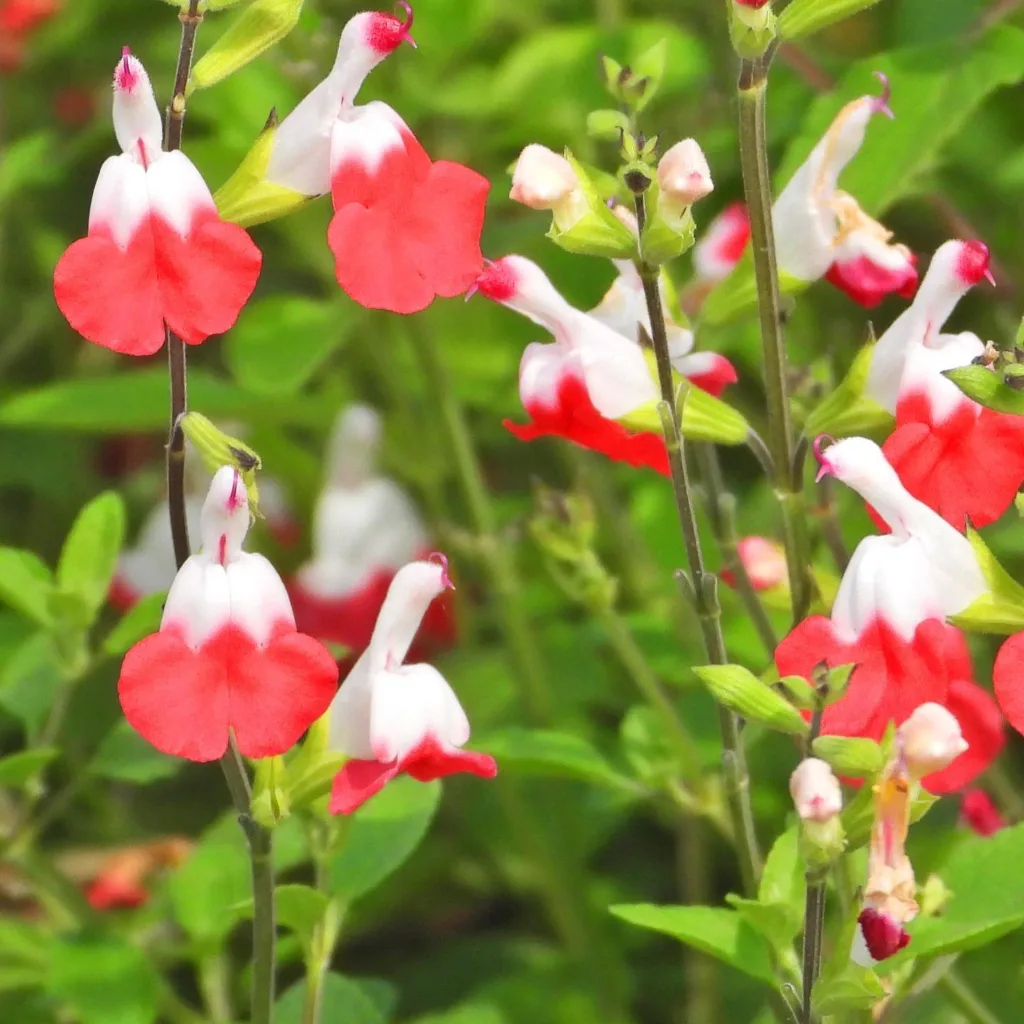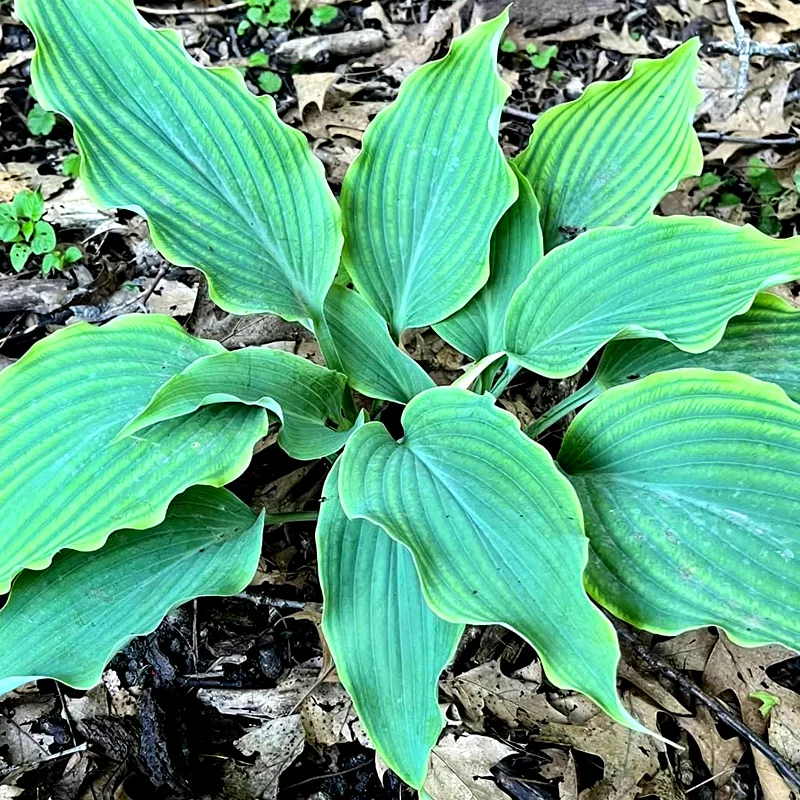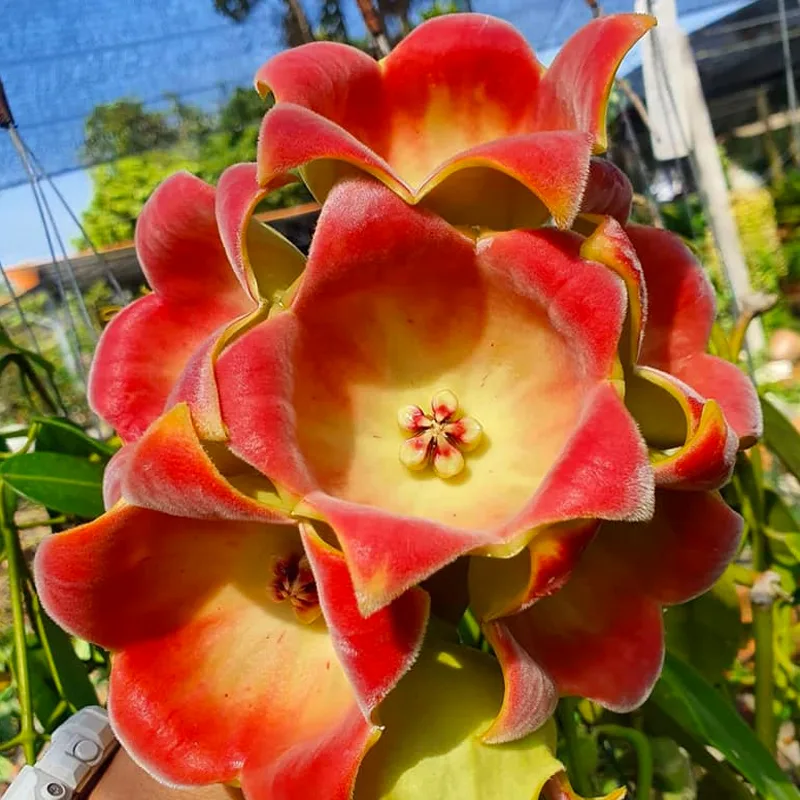FAQs About Cyperus Rotundus
As someone who’s been intrigued by the complexities of plants, I’ve often encountered Cyperus Rotundus, a plant known for its versatility and persistence. Here’s a comprehensive guide to answering common questions about Cyperus Rotundus, including its control, its similarities with Cyperus Scariosus, and its uses.
957 Species in Genus Cyperus
What Is Cyperus Rotundus?
Cyperus Rotundus, also known as Nut Grass or Purple Nut Sedge, is a perennial weed notorious for its ability to spread quickly through its underground rhizomes. It’s commonly found in tropical and subtropical regions and is recognized by its triangular stems and tufted leaves.
How to Get Rid of Cyperus Rotundus?
Getting rid of Cyperus Rotundus can be challenging due to its robust root system. Here are some effective methods:
- Manual Removal: Regularly digging out the plant and its rhizomes can help reduce its spread. It’s crucial to remove as much of the root system as possible to prevent regrowth.
- Herbicides: Pre-emergent and post-emergent herbicides can be effective. Glyphosate and other non-selective herbicides can kill the plant but be cautious about using them around other plants.
- Mulching: Applying a thick layer of mulch can suppress growth by blocking sunlight and preventing seed germination.
- Soil Management: Improving soil health and drainage can reduce the conditions that favor Cyperus Rotundus growth.
How to Control Cyperus Rotundus?
Control strategies involve a combination of methods:
- Cultural Practices: Rotate crops and avoid planting susceptible species in areas where Cyperus Rotundus has been a problem.
- Competitive Plants: Planting competitive ground cover or grasses can outcompete Cyperus Rotundus for resources.
- Regular Monitoring: Keep an eye on areas where Cyperus Rotundus has been previously present to manage new growth early.
Are Cyperus Scariosus and Cyperus Rotundus the Same?
Cyperus Scariosus and Cyperus Rotundus are different species, though they are often confused due to their similar appearance. Cyperus Scariosus, known as Papyrus, has a more robust, cane-like structure and is often used in ornamental applications. In contrast, Cyperus Rotundus is a weed with a smaller, grass-like appearance.
Does Cyperus Scariosus and Cyperus Rotundus Control Hirsutism?
There is no scientific evidence to suggest that either Cyperus Scariosus or Cyperus Rotundus has any effect on controlling hirsutism. Hirsutism is a condition characterized by excessive hair growth, and treatments typically involve hormonal therapies or other medical interventions rather than plant-based solutions.
How to Extract Oil from Cyperus Rotundus?
Extracting oil from Cyperus Rotundus involves the following process:
- Harvesting: Collect the rhizomes of the plant, which contain the essential oils.
- Drying: Dry the rhizomes in a cool, dark place to prevent spoilage.
- Steam Distillation: Use steam distillation to extract the oil from the dried rhizomes. This process involves passing steam through the plant material to vaporize the essential oil, which is then condensed and collected.
Is Cyperus Rotundus Oil the Same as Nagarmotha?
Cyperus Rotundus oil is often referred to as Nagarmotha oil. Nagarmotha is the common name for the oil extracted from Cyperus Rotundus rhizomes, particularly in Ayurvedic medicine. Therefore, Cyperus Rotundus oil and Nagarmotha oil are essentially the same.
Is Nagarmotha the Same as Cyperus Rotundus?
Yes, Nagarmotha and Cyperus Rotundus refer to the same plant. The term “Nagarmotha” is commonly used in traditional medicine contexts, while Cyperus Rotundus is the botanical name.
Cyperus Rotundus vs Cyperus Scariosus
While both belong to the Cyperaceae family, Cyperus Rotundus and Cyperus Scariosus differ in several ways:
- Appearance: Cyperus Rotundus is a low-growing weed with triangular stems, while Cyperus Scariosus, or Papyrus, is taller and has a more ornamental appearance.
- Uses: Cyperus Rotundus is mainly considered a weed, whereas Cyperus Scariosus is valued for its ornamental and historical significance.
- Control Methods: Control methods for Cyperus Rotundus focus on weed management, whereas Cyperus Scariosus is often cultivated for its aesthetic and practical uses.
How to Care for Cyperus Rotundus?
Cyperus Rotundus is more of a nuisance than a decorative plant, so care typically involves control measures rather than cultivation. However, if you are dealing with it in a garden setting:
- Watering: Ensure it has adequate moisture but avoid waterlogging, which can promote rot.
- Soil: Well-drained soil is crucial to prevent excessive growth.
Can You Grow Cyperus Rotundus Indoors?
Growing Cyperus Rotundus indoors is not recommended due to its invasive nature. It is best managed outdoors where its spread can be controlled more easily.
Is Cyperus Rotundus Toxic?
Cyperus Rotundus is not known to be toxic to humans or animals. However, it can become invasive and problematic in gardens and lawns.
Benefits and Common Problems
Benefits: Cyperus Rotundus has some traditional medicinal uses, including in Ayurvedic medicine. Its essential oil is used in various treatments.
Common Problems: The main issue with Cyperus Rotundus is its invasiveness and persistence, which can make it a difficult weed to manage.
In conclusion, while Cyperus Rotundus may present challenges due to its invasive nature, understanding its characteristics and control methods can help manage it effectively. Whether you’re dealing with it in a garden or exploring its medicinal uses, having accurate information about this plant is key to handling it properly.
If i die, water my plants!



